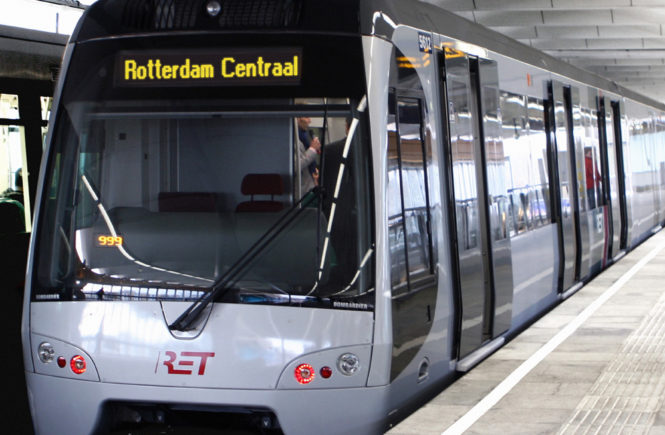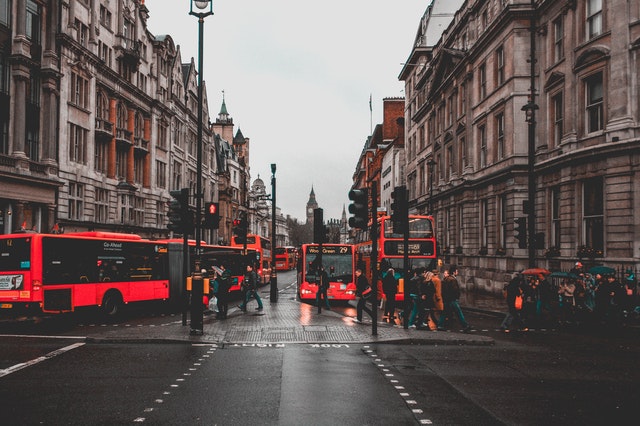This Reddit thread on rising rents and housing prices has some eye opening insights into the current state of America’s economy. Even middle class workers with decent wages are having trouble finding affordable housing. According to the recent Apartment Guide Rent Report, rents for 1 bedroom apartments rose 5.2 percent from last year and 2.9 percent over the past month. Single family house prices have also skyrocketed, pricing out many middle class homebuyers.
If this weren’t enough, car prices are also rising. with even used economy car prices increasing by $5,000 to $7,000 over the past year. Then there are increasing maintenance and gasoline expenses added to the baseline car ownership costs of about $5,000 a year. Car ownership is often the second highest monthly expense for families aside from housing. Since many Americans are dependent on automobiles for their work commutes, the combination of increasing housing and automobile costs are creating an unsustainable economic situation for many families who were doing fine just a few years ago.
It seems like big problems need big solutions. Inflationary economic pressure is often addressed with macro-economic tools beyond the scope of this article, but urban planning and transportation policy are seldom mentioned when it comes to creating more affordable communities. A combination of planning and transportation tools at the federal, state and city level can help mitigate post-pandemic inflation pressure on American families. Here are some ideas.
- Supercharge mixed use downtown development and Transit Oriented Development: While not everyone wants to live in a dense downtown area, creating more options for people to live and work in them can reduce transportation costs substantially. Denser neighborhoods naturally have more options to walk, bike and use transit. Developer incentives, zoning changes, and land tax changes to disincentivize empty lots can help. Long range planning efforts should target growth towards transit-accessible and downtown areas. Additionally, increasing the supply of mixed-use, transit-friendly neighborhoods could put downward price pressure on housing in these areas as well.
- Build more transit: Related to the first point, public transit is the most affordable transportation option over longer distances known to man (except hitchhiking). For awhile, many people thought ride sharing would replace the need for transit investments, but dramatic post-pandemic Uber and Lyft price increases show how untenable these services can be in maintaining affordable transportation options. Creating useful, comprehensive and frequent transit service that goes where people need to go can alleviate traffic and create cheaper commuting options.
- Build better bike lanes: Building complete core networks of protected bike lanes is the gold standard to increase ridership among people who don’t ordinarily ride bikes. For cycling to be a true alternative to car ownership, it has to be safe and easy for the greatest number of people regardless of age or ability. A critical mass of cyclists on the street is a self-perpetuating system that encourages new riders, and cycling is far more affordable than driving a car.
- Tax code changes: Incentivize zero car households by providing tax relief for families who reduce their car ownership. While many countries offer tax incentives for low-emission vehicles, an electric vehicle still incurs annual costs, insurance and repairs. A family that reduces the number of vehicles they own has enormous positive externalities, like reducing traffic and roadway maintenance costs for cities. These positive externalities should be rewarded.
- Reduce or eliminate parking requirements for new development: Many cities have already done this and the predicted apocalypse hasn’t happened. Not only does reducing or eliminating parking minimums create better architecture and street interaction, but it reduces the costly burden of parking garages on developers. Construction time for new housing is also reduced, sometimes dramatically if underground parking would have been needed.
- State and local incentives for downtown and transit-adjacent office leases: The biggest obstacle many workers have to affordable transportation options is their employer’s location. While remote work may have seemed like a permanent part of life just 6 months ago, many employers are calling their workers back into the office. After new downtown and TOD office projects are built, they need to be occupied and compete with cheaper office spaces in car-dependent suburbs. Creating incentive packages to encourage employers to locate in denser, transit-accessible neighborhoods based on forgone traffic, emissions and roadway maintenance makes sense.
American transportation costs are generally higher than those of other countries due to our urban growth patterns and automobile dependence. Post-pandemic inflation has exacerbated these costs. Rethinking how we build our regions and invest in transportation can help mitigate the rising cost of living in a sustainable, long-lasting way.



